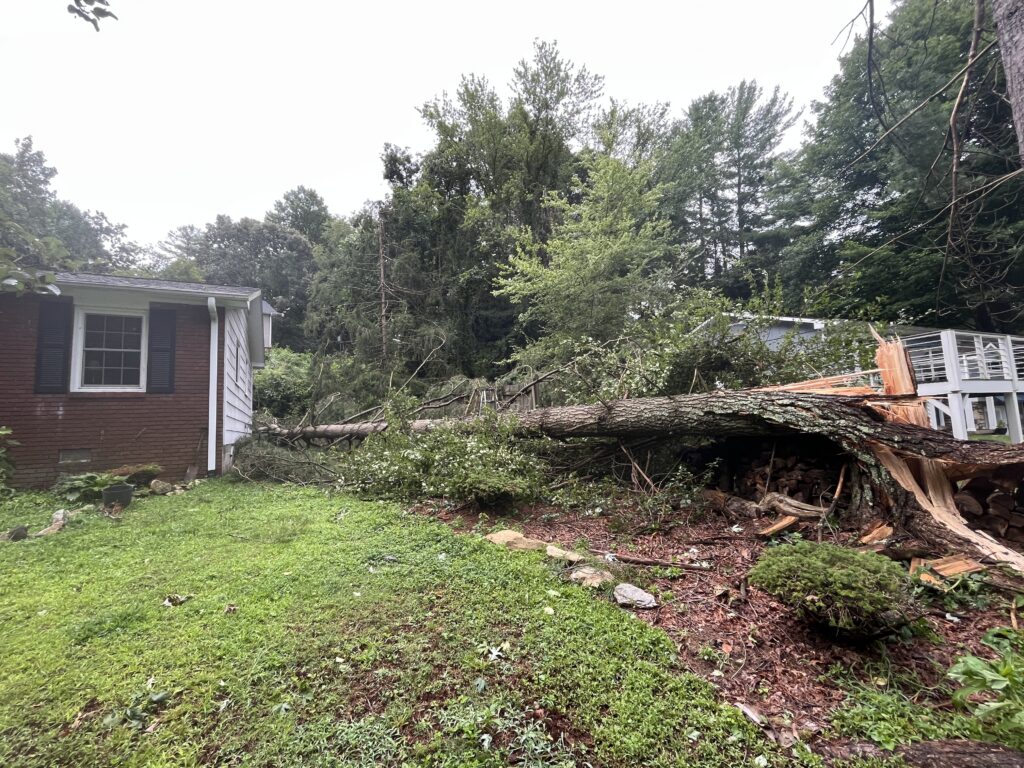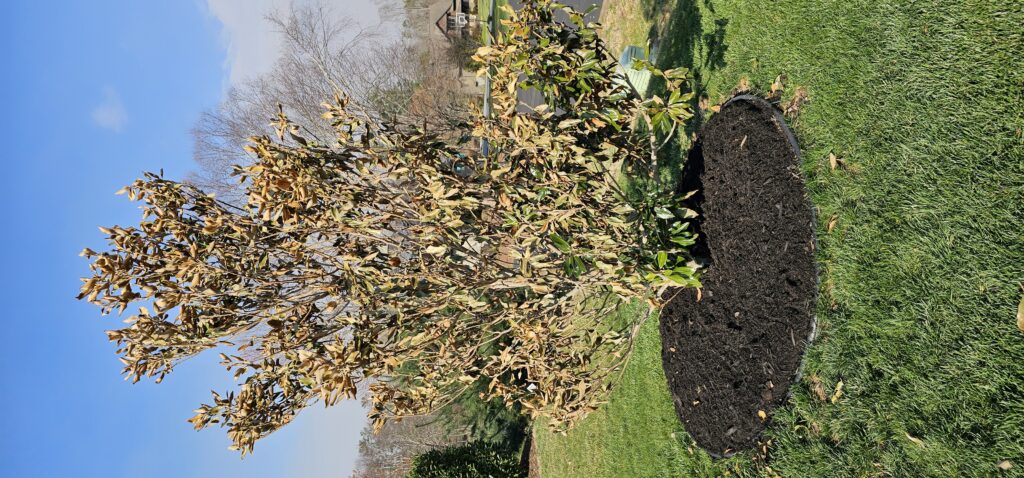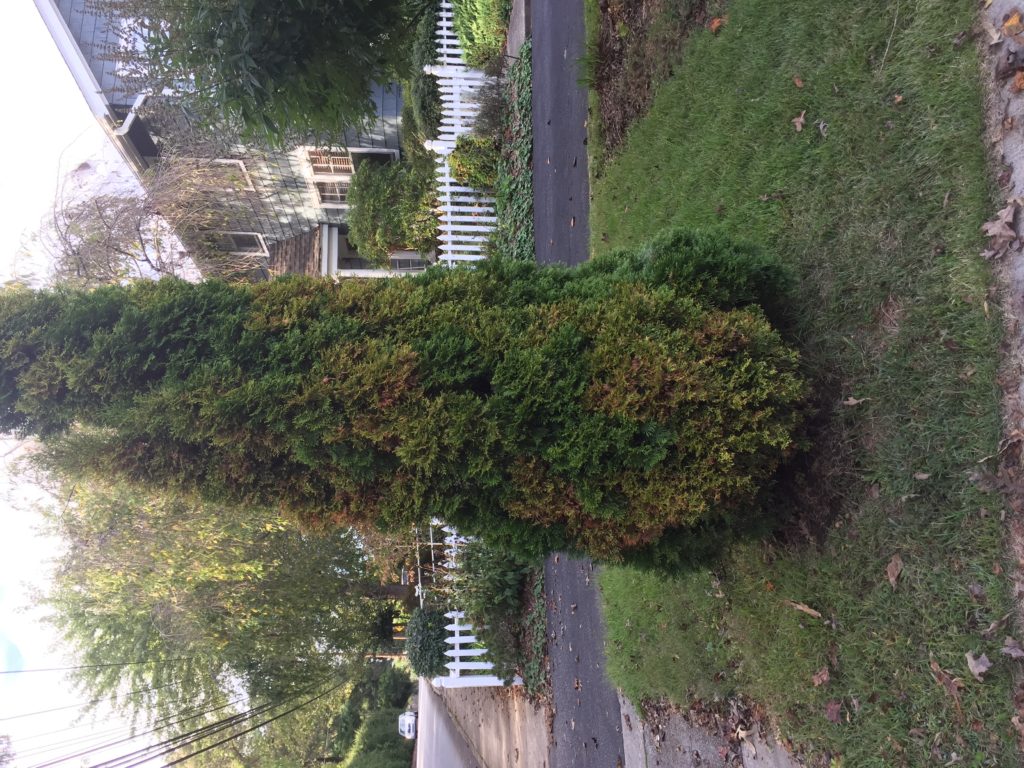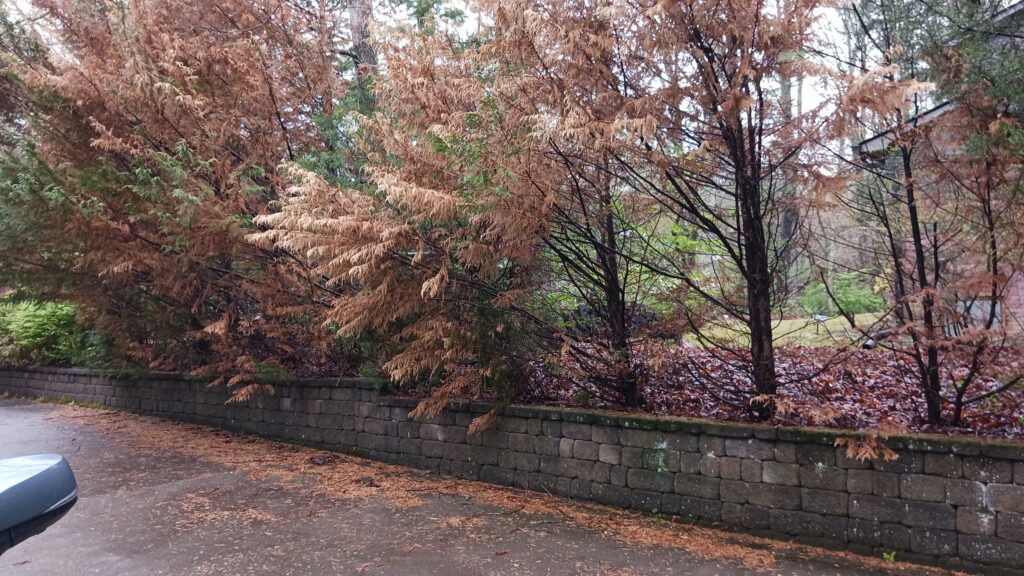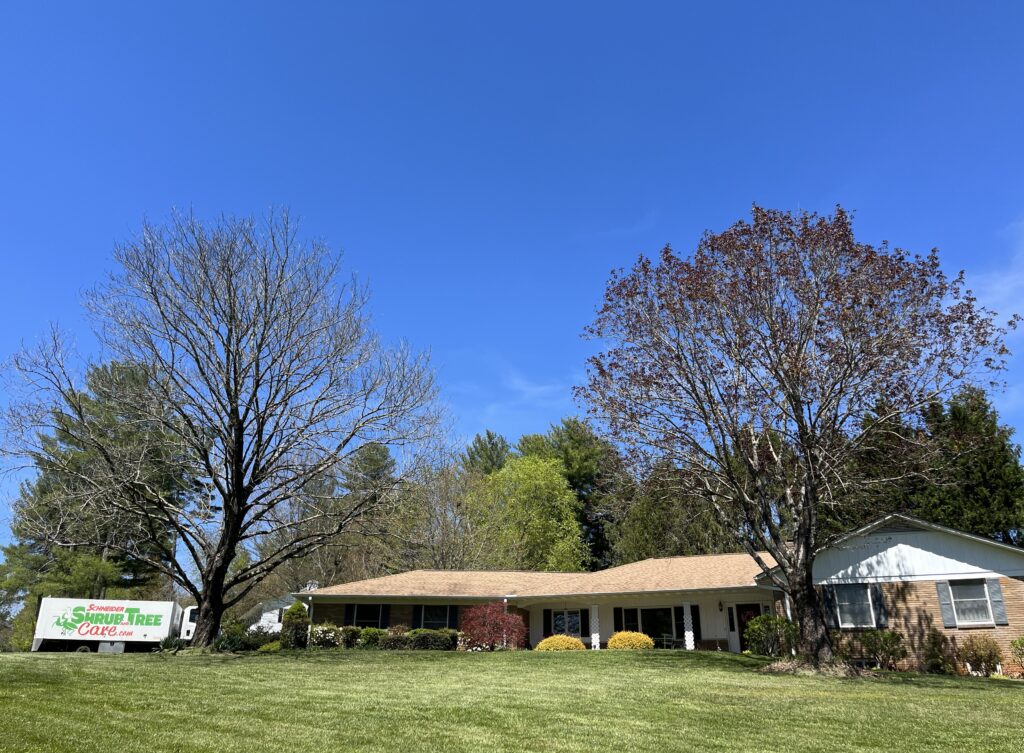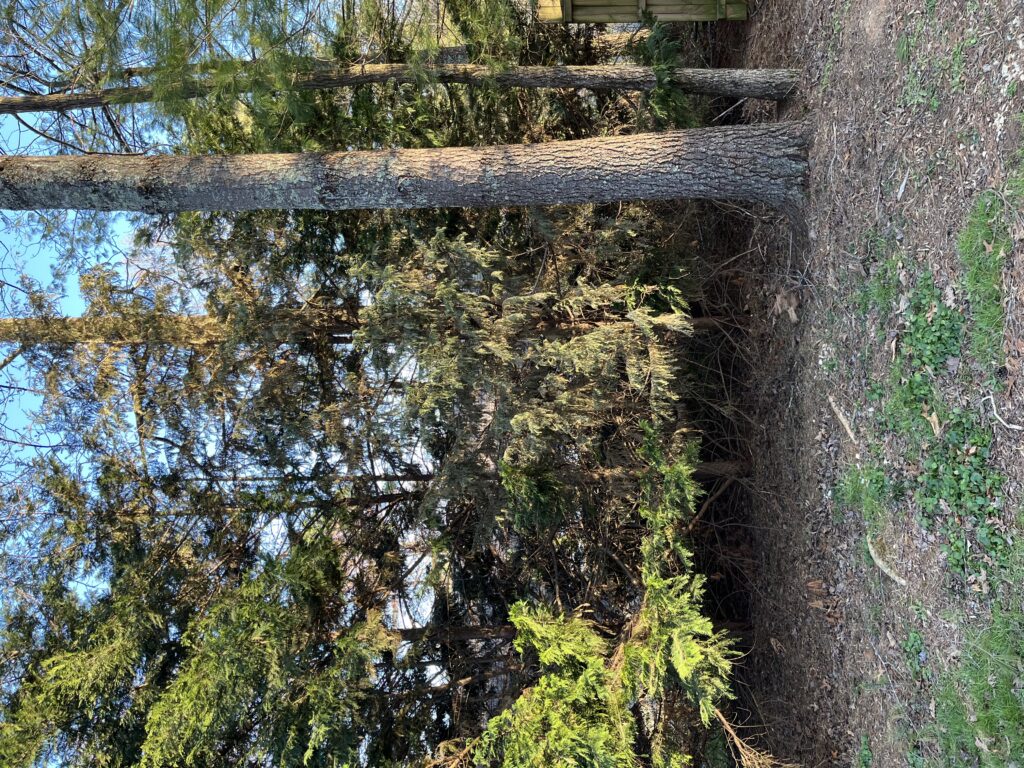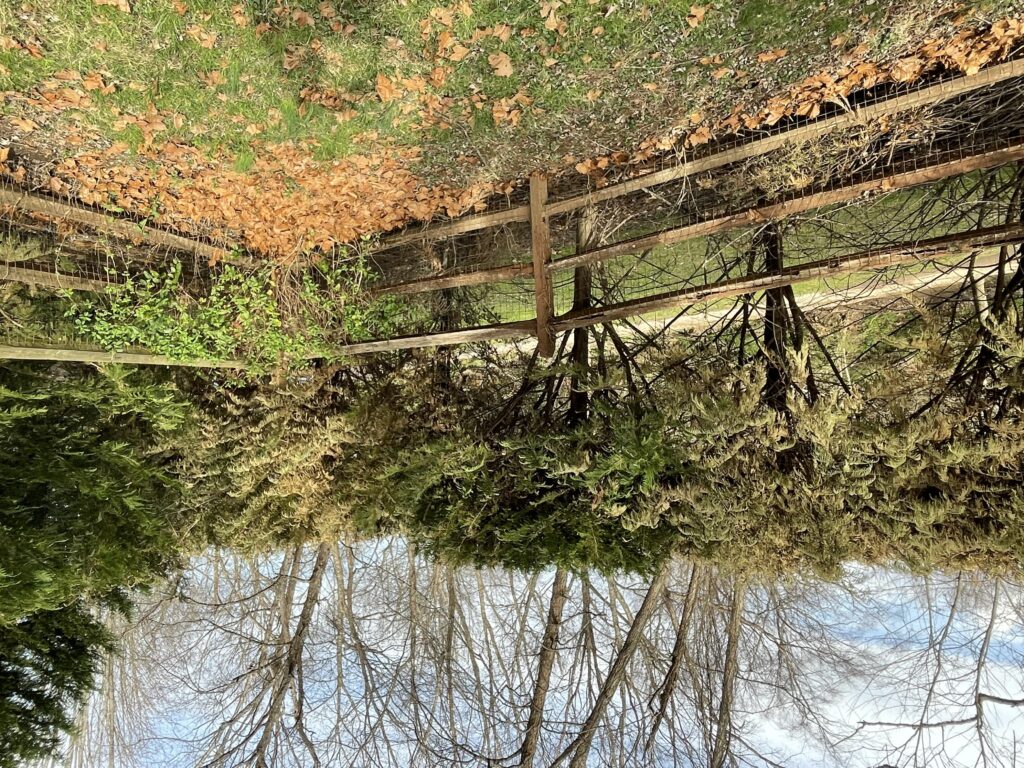Plant Health Alert – Tree Health Post Helene
go.ncsu.edu/readext?1064266
en Español / em Português
El inglés es el idioma de control de esta página. En la medida en que haya algún conflicto entre la traducción al inglés y la traducción, el inglés prevalece.
Al hacer clic en el enlace de traducción se activa un servicio de traducción gratuito para convertir la página al español. Al igual que con cualquier traducción por Internet, la conversión no es sensible al contexto y puede que no traduzca el texto en su significado original. NC State Extension no garantiza la exactitud del texto traducido. Por favor, tenga en cuenta que algunas aplicaciones y/o servicios pueden no funcionar como se espera cuando se traducen.
Português
Inglês é o idioma de controle desta página. Na medida que haja algum conflito entre o texto original em Inglês e a tradução, o Inglês prevalece.
Ao clicar no link de tradução, um serviço gratuito de tradução será ativado para converter a página para o Português. Como em qualquer tradução pela internet, a conversão não é sensivel ao contexto e pode não ocorrer a tradução para o significado orginal. O serviço de Extensão da Carolina do Norte (NC State Extension) não garante a exatidão do texto traduzido. Por favor, observe que algumas funções ou serviços podem não funcionar como esperado após a tradução.
English
English is the controlling language of this page. To the extent there is any conflict between the English text and the translation, English controls.
Clicking on the translation link activates a free translation service to convert the page to Spanish. As with any Internet translation, the conversion is not context-sensitive and may not translate the text to its original meaning. NC State Extension does not guarantee the accuracy of the translated text. Please note that some applications and/or services may not function as expected when translated.
Collapse ▲Trees Failing Post-Helene
We have been seeing lots of plants dying Spring 2025. We have also had reports of trees falling over that survived the storm. Experts suspect many of the tree issues we are seeing may be lingering effects from Hurricane Helene. There is also a new disease called ‘Pink Disease’ that is affecting trees and shrubs. Will this new disease spread as a result of storm damage?
Lingering Effects The trees in western North Carolina got thrashed for hours during Hurricane Helene. Tree canopies and trunks were twisted in the wind for hours. Wood was likely damaged even if the trees did not fall over. Wood delaminates under stress and roots can break. This damage could lead to trees dying and attact damaging beetles.
The trees that survived Hurricane Helene may be more likely to blow over during relatively mild winds. If we consider the thrashing trees experienced in the storm it is likely we will see many more trees and tree branches dying this spring from having been broken by the severe wind.
Conifers Arborvitaes were experiencing problems even before the storm. So much so that I wrote an article about it. Since the storm arborvitaes, Leyland cypress and other conifers have been dying.
Leyland cypresses are dying at an alarming rate. Bot canker and seiridium canker have always been a problem, killing random limbs in Leyland cypress. However this seems to be much worse this spring. The fungi get into wounds in stems and kill the limbs. I think the high winds from the storm cracked branches and they are now dying.
Ambrosia Beetles The undertakers of the plant world are ambrosia beetles. These tiny wood-boring beetles can smell injured and physiologically stressed trees from miles away. They find these weakened trees and drill into them to lay eggs. The females carry a fungus on their body which clogs the xylem of the tree which finally kills it. We will likely see increased ambrosia beetle damaged trees in the coming years due to damage caused by the hurricane.
Anecdotal stories of trees that were healthy pre-Hurricane Helene now dying are being reported. Experts suspect lingering storm damage and beetle attacks are killing these trees.
Hurricane Damaged Trees Our trees are not the first to be damaged by hurricanes. Florida experienced many storms in the 2000’s. One of our great arboricultural professors Dr. Ed Gillman from the University of Florida created a website with information about hurricane damaged trees.





